At what frequency do breadboards become a bad idea for analog prototyping? I am considering using vector boards and soldering parts directly to the circuit board. Thanks
-
This isn't really answerable until you describe what you mean by "a problem". What sort of circuit are you trying to build? Audio? RF? Some kind of sensitive signal acquisition? – Chris Stratton Mar 11 '17 at 22:14
-
3Breadboards might have (roughly) five picofarads capacitance between rows. The "flying leads" of components have more than zero lead-length, yielding inductance. At some (high) frequency these reactances become significant...."dead-bug" construction over a solid PC board groundplane can work better.(Dead-bug: chips stuck down with legs pointing up). – glen_geek Mar 11 '17 at 22:40
-
Perhaps a better question is, how complex can breadboard design be till the unreliability of the connections gets to be so bad you can't get the thing to work any more.. That was always my issue with them... Better to use them for testing isolated circuit blocks, then when you are confident with that part, replicate it on vector board. – Trevor_G Mar 12 '17 at 01:01
-
Also looping resistors etc with the leads that are still three inches long, makes for a lot of RFI antennas. – Trevor_G Mar 12 '17 at 01:04
-
Logic Rise times<30ns require short leads including probe ground. – Tony Stewart EE75 Mar 12 '17 at 02:15
-
can you clarify if your question is then about "parts soldered directly to vectorboard" or the white (sometimes clear, or other colors) solderless units with generally 4 rails for power and many groups of 5 contact points that is the most common example of a "breadboard" without further qualification ? – Ecnerwal Mar 12 '17 at 02:25
2 Answers
I made quite a lot of prototype boards using Verowire along Verocombs (see example below) back in the day, usually centred around microcontrollers/microprocessors with external RAM and EPROM. We found through practical experience that you couldn't really go above 20 MHz digital signals in such a circuit.
This isn't the same as what you have but hopefully similar enough for guidance.
- 21,742
- 4
- 39
- 62
-
Thanks everyone for your input. To clarify, i am prototyping a audio amplifier. What would be a preferred method over using a breadboard. That is why I was wondering about the breadboards frequency range. – Creative Mar 11 '17 at 23:36
-
@Creative You should clarify that you are building an audio amplifier _in your original question_. Most analog audio circuits shouldn't have much of an issue with a breadboard, because audio is _very_ slow in the grand scheme of things. – uint128_t Mar 12 '17 at 00:30
-
@uint128_t, to be fair, the OP has an application but it led to a broader question so putting the audio bit in wasn't relevant. The question wasn't just limited to the next circuit the OP is making. That is just the next place they'll apply what they've learned. One after could be an RF amp etc. – TonyM Mar 12 '17 at 00:41
-
Thanks for the comments. I will make an effort to be more concise in the future. – Creative Mar 12 '17 at 01:02
-
Vero-wire was great stuff. And fast to built complex digital circuitry. Was not so good for analog though. Do they still sell it I wonder. – Trevor_G Mar 12 '17 at 01:57
-
1
-
1@Trevor, Sam, I did about twenty boards with it inc. a 20 chip board in 1991, great fun and therapeutic in a really hectic job then :-) Another engineer did loads inc. a colour video card with a 6845 and 3x32KB RAM on a 160x100mm literally packed full with 74HCTs. I didn't use it again until the last two years when I've done three boards for different firms and you can still buy it all. The photo's one off the Internet, wish I'd dug out one of mine :-) – TonyM Mar 12 '17 at 09:12
I worked with a guy who developed 45MHz IC [IF amplifier/PLL/synchronousdemod for NTSC video]. He and supertech breadboarded it, atop sheets of copper. Why? The SPICE models were not adequate. The compute power was not adequate.
They worked in a screenroom.
Result? the recovered video was identical to a Philipps Video/RF generator with DOT or Greyscale or ColorBars modulation.
Why? the fully differential silicon circuits, the GroundPlane I used to build the PCB prototype, and the synchronous-demod/PLL he used.
- 33,703
- 2
- 18
- 46
